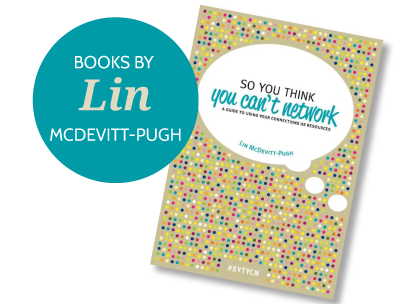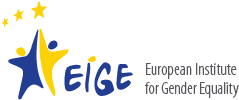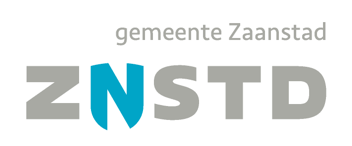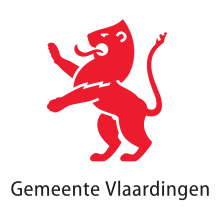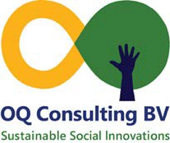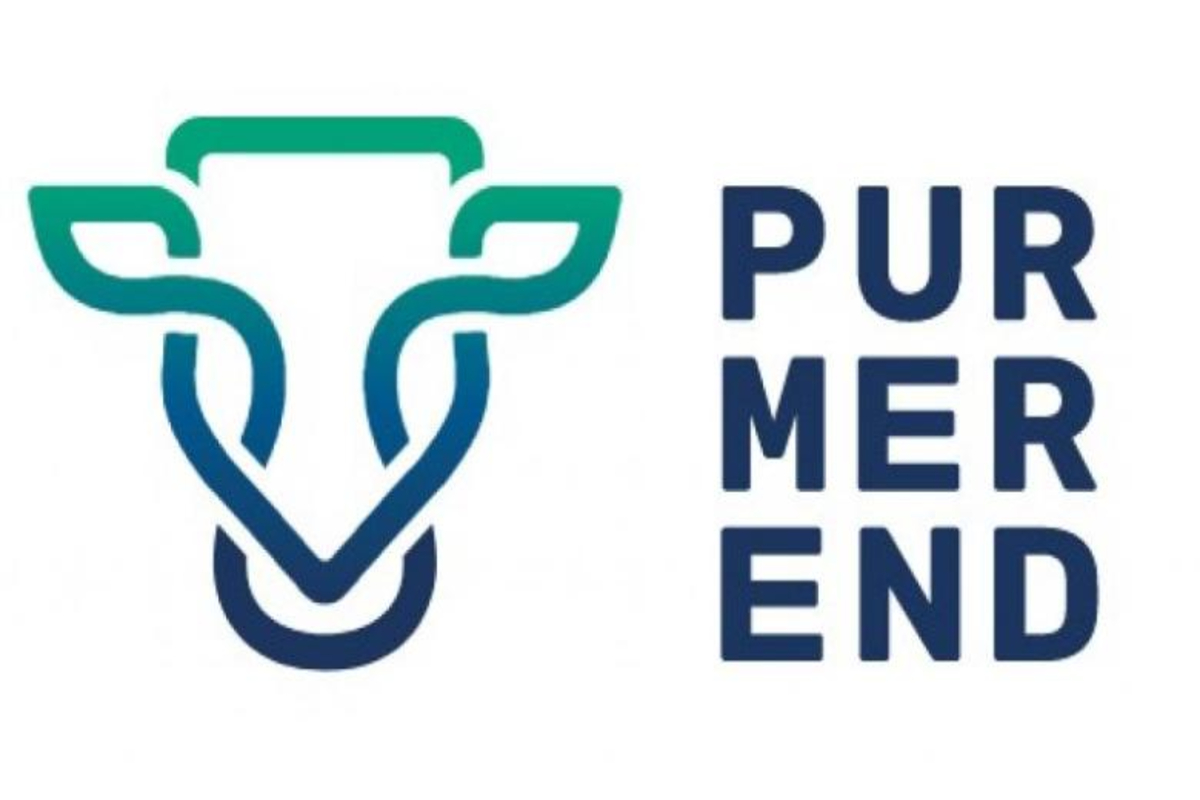Twitter changes constantly. That’s partly because of what we as users do, partly because of what the company Twitter does and doesn’t do. So what is it now, after 10 years?
The founders of Twitter had a philosophy: Twitter is a light-weight and democratic medium for self-expression, in 140 characters.
When co-founder of Twitter Evan Williams taught Oprah Winfrey to use Twitter seven years ago, fire-fighters in California were using the platform to coordinate actions. Three years later, Williams and co went to Iran to teach revolutionaries how to use Twitter. Now, 10 years after Twitter entered the scene, the corner of Twitter that I use is becoming decreasingly interactive. I use Twitter as a way of maintaining connections in an enduring manner, but of 30 recent messages, two are brief conversations with people I do not have a relationship with and the rest are advertorials or links to articles in online publications.
But hey, its not all about me. There are advantages and disadvantages to this development.
An advantage is that the more people use Twitter as a low-threshold public broadcasting site, the greater our ability to find information on specific topics, like education, in our own language or in any other language you can read. Type #education in Twitter’s search field and you may find links to articles that are worth reading, or to people who are worth following. The people may even be worth meeting and developing as contacts that you could involve in your endeavors.
Providing relevant information to people in your network may support you in maintaining an enduring exchange with others. By retweeting to your followers the messages you find interesting, you give the people that read your messages access to information they may not find themselves. You may even introduce the people reading these retweets access to people who may be useful to them in their own endeavors.
A disadvantage is that Twitter can be so many things to so many people. It is a revolutionary tool, a way to shout hateful messages into the universe, a news broadcasting platform. It builds bridges between people and breaks them down just as easily.
The Dutch National Philosopher Marli Huijer argues that the scale of Twitter increases the social distance between people. We don’t know who is reading our messages, we are not provoked to be responsible for each other, and in this absence of responsibility, any form of social disruption is possible.
Democracy, as evidenced in so many countries, is complex and just not easy to organize. Free speech is part of democracy and a well-functioning democracy puts measures in place to ensure that one person’s freedom is not to the detriment of thousands of others. 140 characters is an awfully limited space to honor this complexity.
And for those of us wanting to use Twitter as a vehicle for maintaining an enduring exchange with individuals, groups or organizations, it is a tall order to wade through the messages to find finding what individuals, groups or organizations with whom we want to have an enduring exchange are posting. Chances are, because the medium is constantly changing, the people you want to be connected with will stop using the medium as an enduring exchange with you.
We have a choice. We can consciously use Twitter as a tool of enduring exchange between individuals, groups and organizations, or we can let it go the way it goes without our help. For now, I am planning to keeping influencing the way Twitter is used.
Lin McDevitt-Pugh, owner of Netsheila, lives and works in the Netherlands
============
Lin McDevitt-Pugh’s book So You Think You Can’t Network, #SYTYCN, promoting ways of connecting with people you know naturally and effectively, will be published in 2016 by Eburon Management Books.
Our clients







